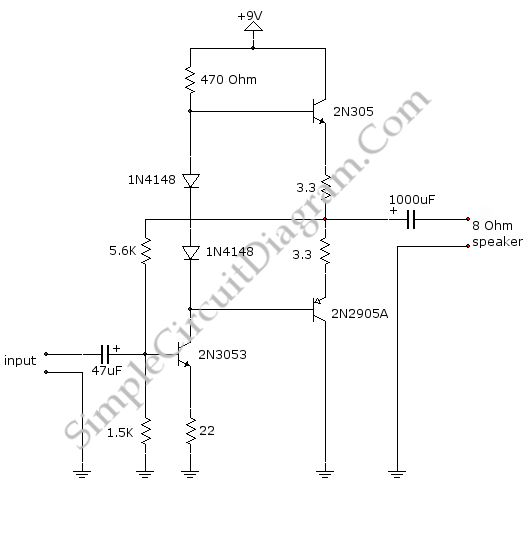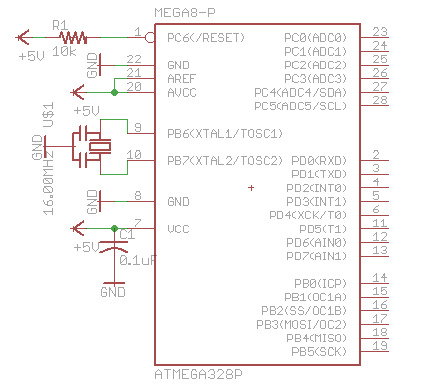
Small leakage pre-amplifier

The circuit employs the LM301 operational amplifier, which has a typical input leakage current of only 2 pA at 75 °C and is utilized with an input resistance of 1 MΩ. The operating voltage requirement is ±12V.
The LM301 operational amplifier is a versatile component widely used in various analog applications due to its low input leakage current and high input impedance. With an input leakage of 2 pA at 75 °C, the LM301 is particularly suitable for high-impedance sensor applications where minimal current draw is essential for accurate measurements.
In this circuit configuration, the LM301 is powered by a dual supply voltage of ±12V, which allows for a wide dynamic range in signal processing. This dual supply configuration enables the op-amp to handle both positive and negative input signals effectively, thus facilitating the amplification of AC signals or bipolar signals without distortion.
The 1 MΩ input resistance of the circuit ensures that the op-amp does not significantly load the source it is connected to, preserving the integrity of the input signal. This high impedance is crucial in applications such as buffering sensors or in high-precision measurement systems where any additional loading could affect the performance.
The circuit design may include additional passive components such as resistors and capacitors to set the gain, filter noise, or stabilize the operation of the LM301. Proper selection of these components is vital to optimize the performance of the circuit, ensuring stability and desired frequency response.
Overall, the combination of the LM301's low input leakage, high input resistance, and dual supply voltage makes this circuit ideal for precision analog applications, including instrumentation, signal conditioning, and sensor interfacing.The circuit uses the LM301 has an input leakage of only 2 pA typical at 75 ° C and is used with 1 M ohm input resistance. The operating voltage has to be +-12V. 🔗 External reference
The LM301 operational amplifier is a versatile component widely used in various analog applications due to its low input leakage current and high input impedance. With an input leakage of 2 pA at 75 °C, the LM301 is particularly suitable for high-impedance sensor applications where minimal current draw is essential for accurate measurements.
In this circuit configuration, the LM301 is powered by a dual supply voltage of ±12V, which allows for a wide dynamic range in signal processing. This dual supply configuration enables the op-amp to handle both positive and negative input signals effectively, thus facilitating the amplification of AC signals or bipolar signals without distortion.
The 1 MΩ input resistance of the circuit ensures that the op-amp does not significantly load the source it is connected to, preserving the integrity of the input signal. This high impedance is crucial in applications such as buffering sensors or in high-precision measurement systems where any additional loading could affect the performance.
The circuit design may include additional passive components such as resistors and capacitors to set the gain, filter noise, or stabilize the operation of the LM301. Proper selection of these components is vital to optimize the performance of the circuit, ensuring stability and desired frequency response.
Overall, the combination of the LM301's low input leakage, high input resistance, and dual supply voltage makes this circuit ideal for precision analog applications, including instrumentation, signal conditioning, and sensor interfacing.The circuit uses the LM301 has an input leakage of only 2 pA typical at 75 ° C and is used with 1 M ohm input resistance. The operating voltage has to be +-12V. 🔗 External reference





